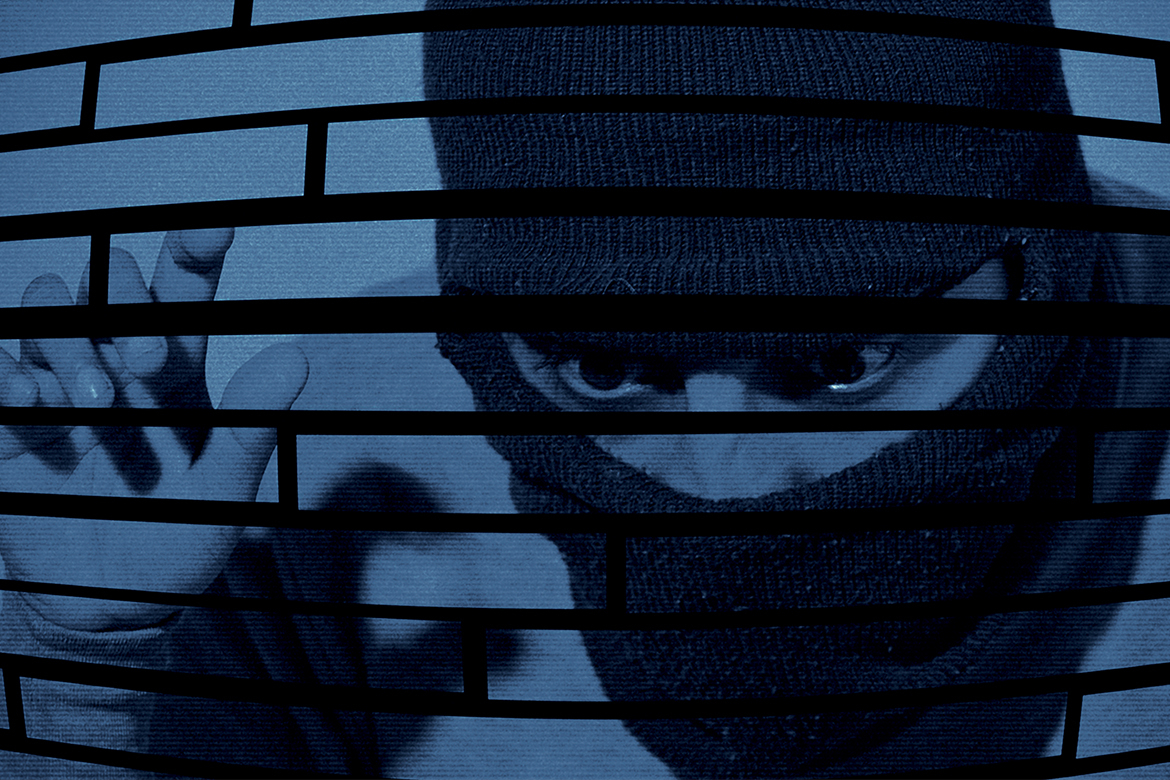Combating the threat of the lone actor
Law enforcement agencies are on constant high alert. They shoulder the heavy burden of responsibility for protecting a vulnerable public and must continually monitor for threats to domestic and international security.
To combat this threat, an all-encompassing approach to threat detection and defence is crucial.
The evolving threat
Terrorism is a multi-faceted threat that can take on numerous different forms, including cyber, financial and digital.
At one end of the spectrum of physical terrorism, there are established terrorist cells made up of networks of individuals all united in the common goal of spreading panic, fear and destruction. This is achieved through committing acts of extreme violence, usually on a large and public scale. These types of attacks tend to be meticulously planned ahead of time and require cross-border coordination in the form of communications and financial transfers. These interactions leave a trail, making it easier for counter terror operatives to uncover plots.
At the other end of the physical threat and terrorism spectrum are the smaller scale attacks from lone agents, which have become more prevalent in recent years. As a result of their low-tech, unpredictable nature, these types of physical attacks are more difficult to detect and interrupt due to their randomness in timing and place. Unlike larger, more organised attacks, the communication and support required from outside groups is minimal for these lone agent attacks, meaning the communications or financial trail is negligible.
Furthermore, as stated earlier, these lone individuals can launch the attack at their own will at any place and any time, eliminating the need for advance planning, reducing opportunities for interception and adding a degree of volatile spontaneity that makes these attacks incredibly dangerous.
Today’s counter-terrorism and security communities are skilled in uncovering large plots, but lone actor attacks, although less sophisticated, can prove just as destructive and are far more difficult to disrupt.
Where is this happening?
The shattering consequences of lone actor terrorism have been felt across Europe. Perhaps the most devastating attack in the UK was in Manchester in May 2017, when a suicide bomber entered the Manchester Arena and detonated a bomb, tragically killing 22 people, including children, and injuring many more. This is just one example of terrorists targeting defenceless crowds to inflict maximum harm.
Venues such as the Manchester Arena are soft targets that don’t always have extensive security measures in place. It’s clear they need protecting, but to avoid creating a fortress-like environment, this must be done in a non-intrusive way that does not infringe too heavily on people’s convenience or their privacy. What is needed is a low-profile, non-obstructive system that is adaptable enough to be deployed across a range of environments.
Proactive vs reactive
The UK invests millions of pounds a year in public security. It relies heavily on camera surveillance as a way of monitoring for criminal activity. In places such as the Underground, fixed security systems would cause chaotic congestion and leave people feeling imprisoned by inconvenience. In this instance, camera surveillance is an excellent way to acquire intelligence, but the drawback is that it’s a largely retrospective measure that isn’t effective at flagging threats ahead of time.
As well as congestion and inefficiency, a danger of fixed security systems, such as security checkpoints, is that they can become targets for attack. Only recently, an attack on security posts in west Afghanistan left 21 people dead.
The key to preventing future attacks does not lie in reactive measures like security cameras and fortifications. In today’s environment, where a lone attacker with a knife or gun can wreak chaos in an instant, a new approach to security is needed. This approach must move beyond over-fortification and embrace a more proactive and reactive model. In order to preserve the goodwill of the public, the system must be unobtrusive and discrete.
The role of technology
The future of public security is reliant on an approach that incorporates people, policy and technology to deliver a cost-effective, low- profile, integrated solution.
This may sound unfeasible, but technology now exists that allows for exactly this. In practice, the system can adapt to suit the environment it is trying to protect. For example, video recognition systems enhanced by AI-powered object recognition software are deployed to identify and flag forbidden objects in locations such as school entrances or train stations.
Video AI technologies can detect fights, disturbances, and unusual behaviours. Technologies that integrate machine learning and radar sensors can scan individuals and bags for large mass casualty threat objects, such as rifles and bombs. In addition, there are sensor technologies that can detect trace chemicals, such as gunpowder, explosives and chemical agents in parts per trillion from simply sniffing the air at stand-off, helping security track and stop lone attackers before they take action.
All these technologies can be integrated into a complete platform monitoring system that connects all threat solutions to a security operations centre, which is monitored by trained professionals.
Combined, these systems can provide an all-encompassing, proactive security model that can be easily deployed across a range of venues to prevent attacks, making people feel safer. For soft targets such as music venues and transport systems, this is an attractive way to safeguard the public without causing mass obstruction.
Security threats are continually evolving and only by adopting a multi-sensor approach can such a wide spectrum of threats be truly mitigated. There is not a ‘one size fits all’ solution, but rather security systems that can be tailored to the environment they are protecting.
Terrorists will exploit technology to their own benefit, and it is critical that our security systems do the same to stay ahead of threats.
Martin Cronin CEO, Patriot One
See also:
Strategy for corporate security: Sir David Veness
Prevent: Safeguarding vulnerable people
All related articles in our Counter Terrorism category and Security Technology Category in particular, Analytics, Facial Recognition and Integrated Security


